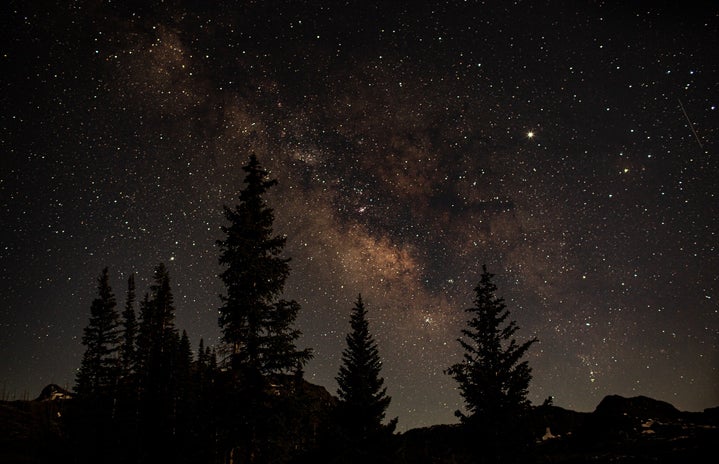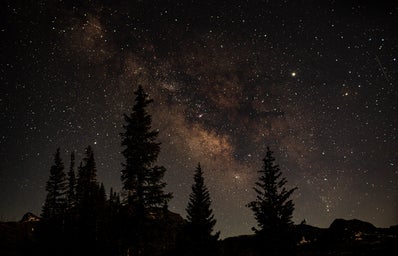Hello and welcome to your one stop shop for all things regarding the universe and our involvement in it. There are many things happening this month within our stratosphere.
On January 2, the Earth was at its Perihelion, which is the closest point in its orbit that it’ll be to the sun. In approximately 7 months from that date, on July 5, our dear Earth will be at its Aphelion, which is the farthest point the Earth will be from the Sun.
On January 13, the moon will be reborn with the New Moon, and a few days later on the 28th it will be in full bloom with the Full Moon. This month’s Full Moon is called the Wolf Moon, so werewolves this is your month to shine. The Hohe Nakota, a First Nations people who are centered in Saskatchewan, also call this moon the Center Moon, which refers to the idea that this marks the middle of winter. There are many names for the full moon depending on where you’re from or what culture you’re a part of; let us know what other names for this moon you have on our Instagram or Twitter.
Our sky will also be visited by 6 planets this month. Those planets are Mercury, Venus, Mars, Jupiter, Saturn, and Uranus. Starting around mid-month, Mercury, Jupiter, and Saturn will only hang out near the horizon just after sunset and will not be staying later into the night . On January 14, just after sunset the Moon will join Mercury and Jupiter in a line about a fists length above the horizon in the southwestern sky. Jupiter will set at 6 PM (your local time) with Mercury following closely after. Uranus and Mars on the other hand will be joining us all evening this month with the best viewing opportunity coming January 20. On January 20, equipped with some powerful binoculars, Uranus will be easy viewing just between the Moon and Mars. Mars, on the other hand, will be visible with the naked eye. Venus will be rising just after dawn starting mid-month, but will set shortly after it rises each day. Sadly, there are no meteor showers to grace our sky this month, so wishes will have to wait unless you’re ok with wishing on airplanes in their place.
In less visible news, last year was a year of discovery, from being able to capture the first picture of a black hole to finding possibilities of life hidden in the clouds of Venus, there were many discoveries made about our vast universe. Some of those things included a multitude of exoplanets.
One of them lies at the edge of our solar system: an almost habitable exoplanet called K2 – 141b. What I mean by almost habitable is that it’s earth-sized, but has oceans of lava and rains rocks, so not habitable at all really. K2-141b was found in 2018 and had a study published late 2020 about this odd behavior. K2-141b orbits closely to an Orange Dwarf star, which might explain why this planet has oceans of lava and an atmosphere of rocks. Like Earth, this planet has a rain cycle; it’s just rocks instead. This rock cycle happens because the surface temperature of the planet on the side closest to its sun is 3000°C which vaporizes the rock. Once that rock vapor moves to the farthest side of the planet, which has a temperature of only -200°C, that rock falls back to the surface and is carried back to the close side by the lava oceans where the cycle is thus repeated. The method of transportation this planet uses to carry its vapors around the planet are supersonic winds, clocking in with speeds of around 5000 km/h. Scientists believe that this Earth-like planet may give us a glimpse into what the early stages of our planetary development may have looked like. More information about the study of K2 – 141b and K2 – 141b itself can be found here. More studies will be done to confirm planetary conditions of K2 – 141b when the James Webb Space Telescope launches October 31 of this year.
Overall, the sky will be busy this month and I hope the weather conditions in your area are favorable for your viewing pleasure. So make sure to get outside safely and look up into the movements of our universe.


